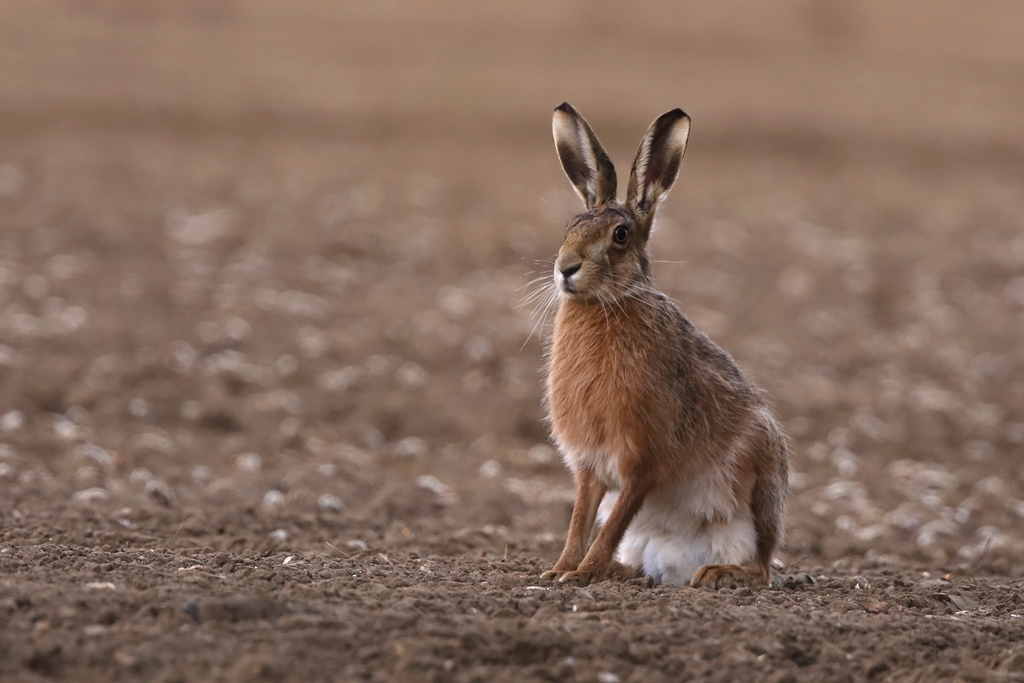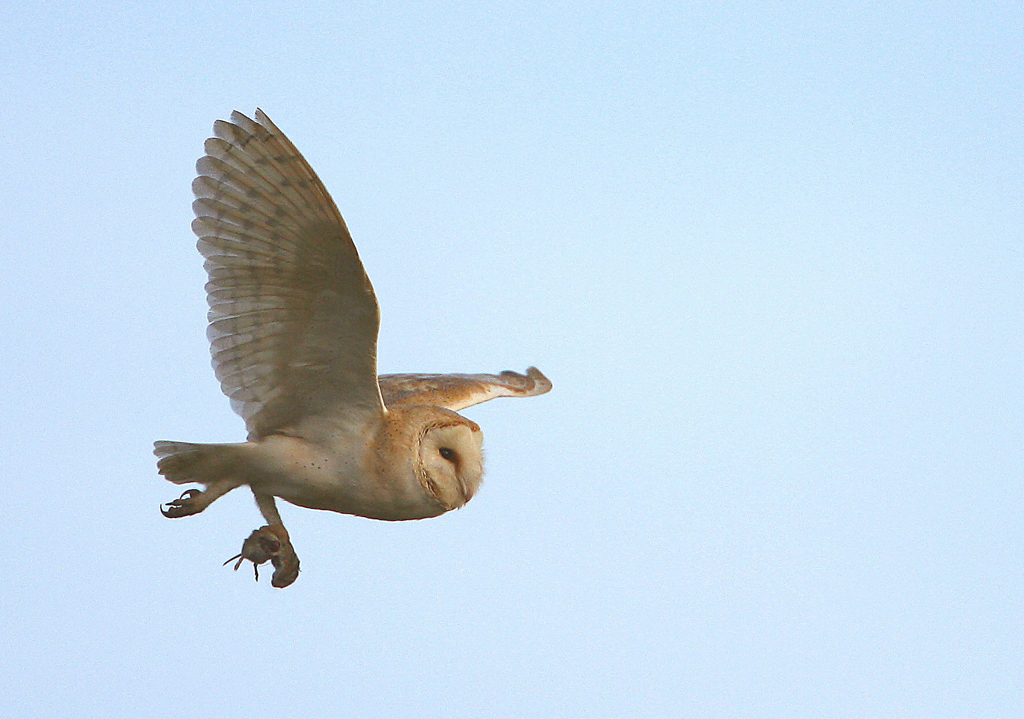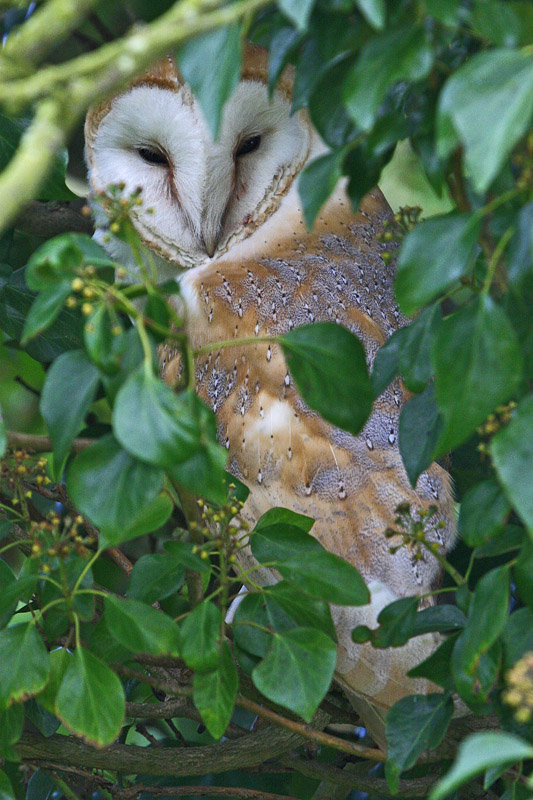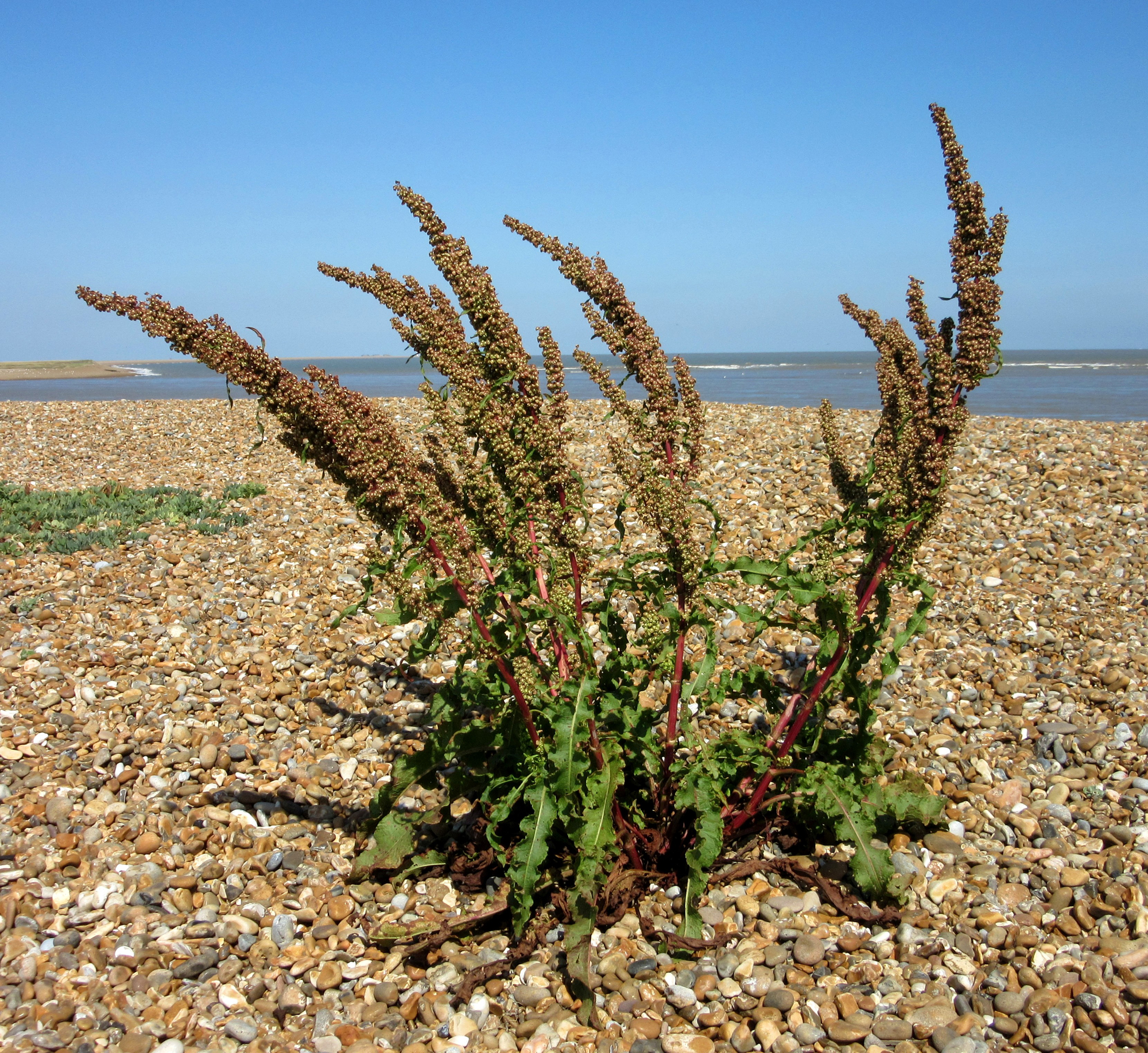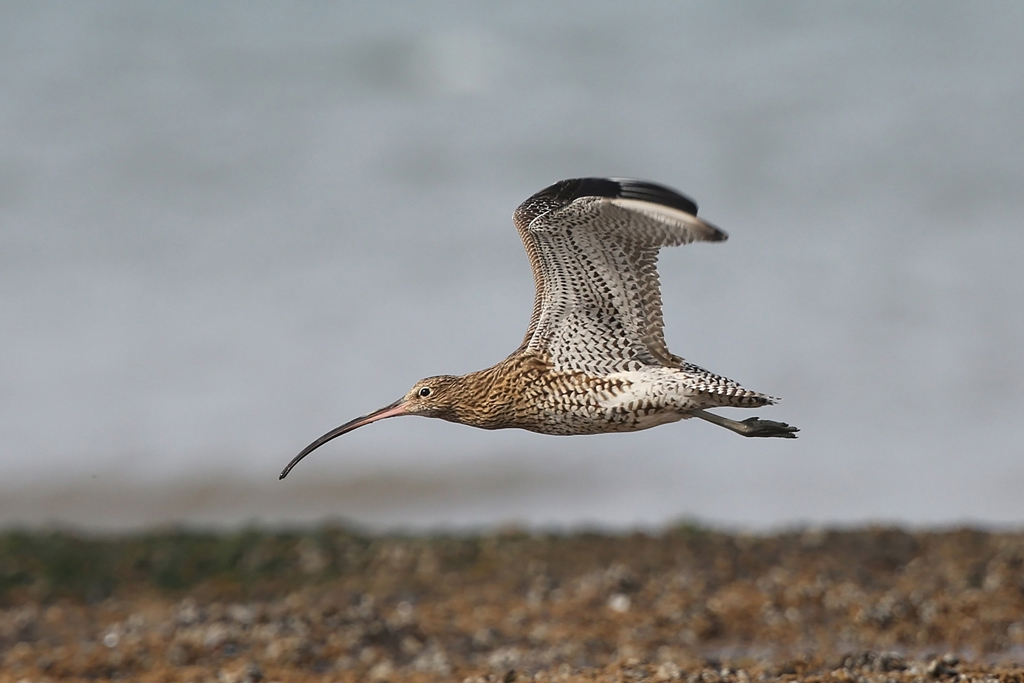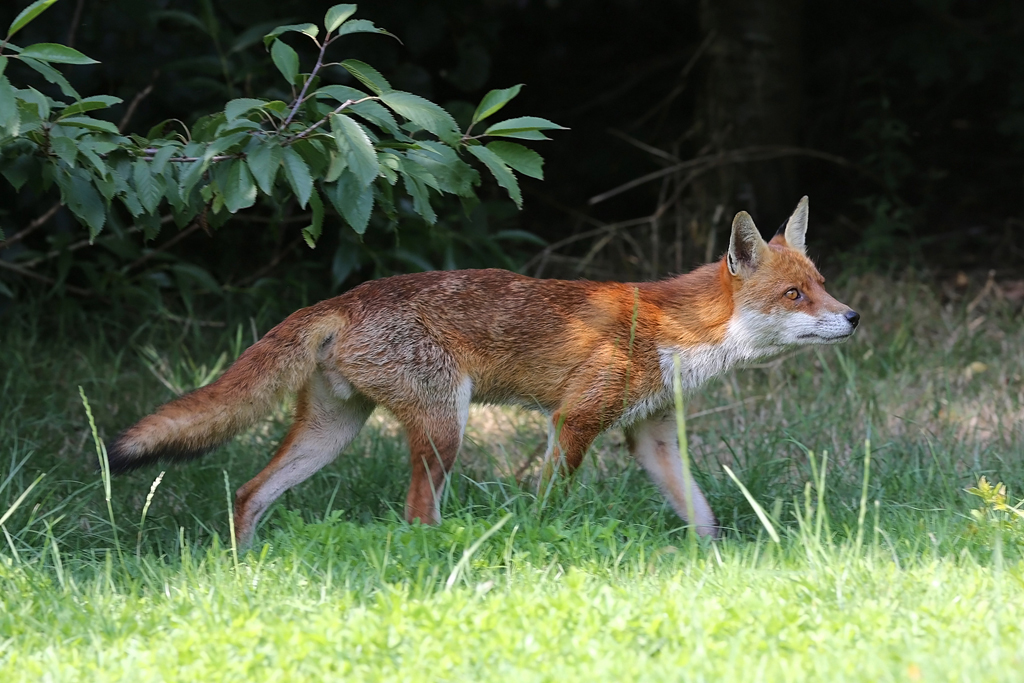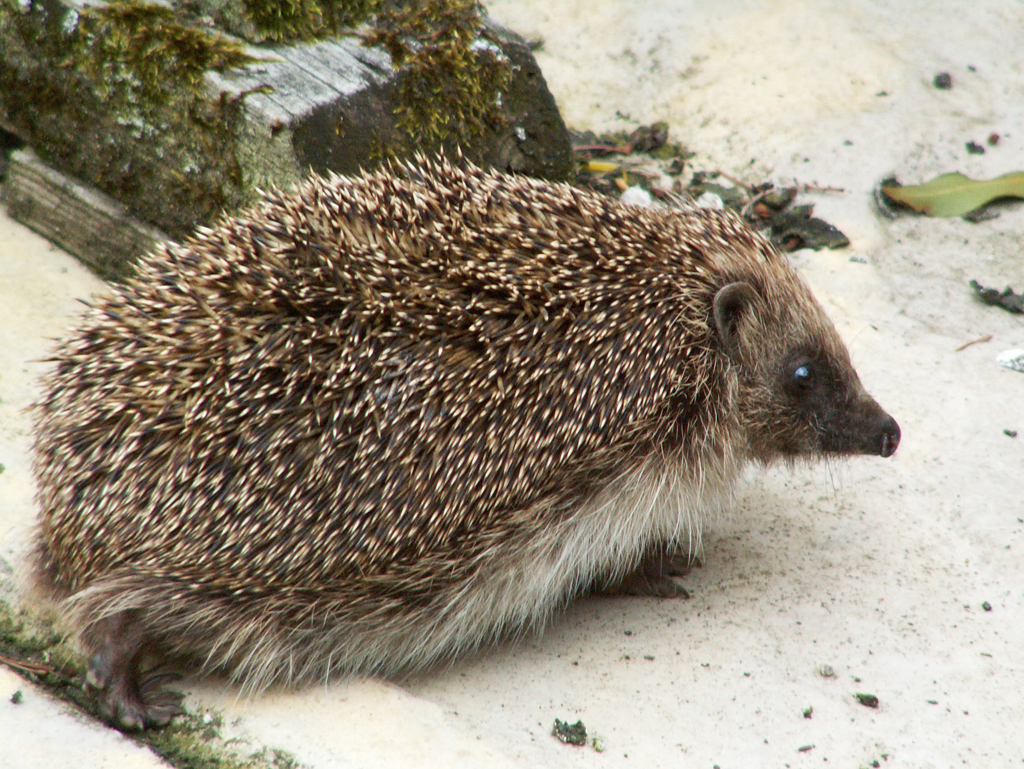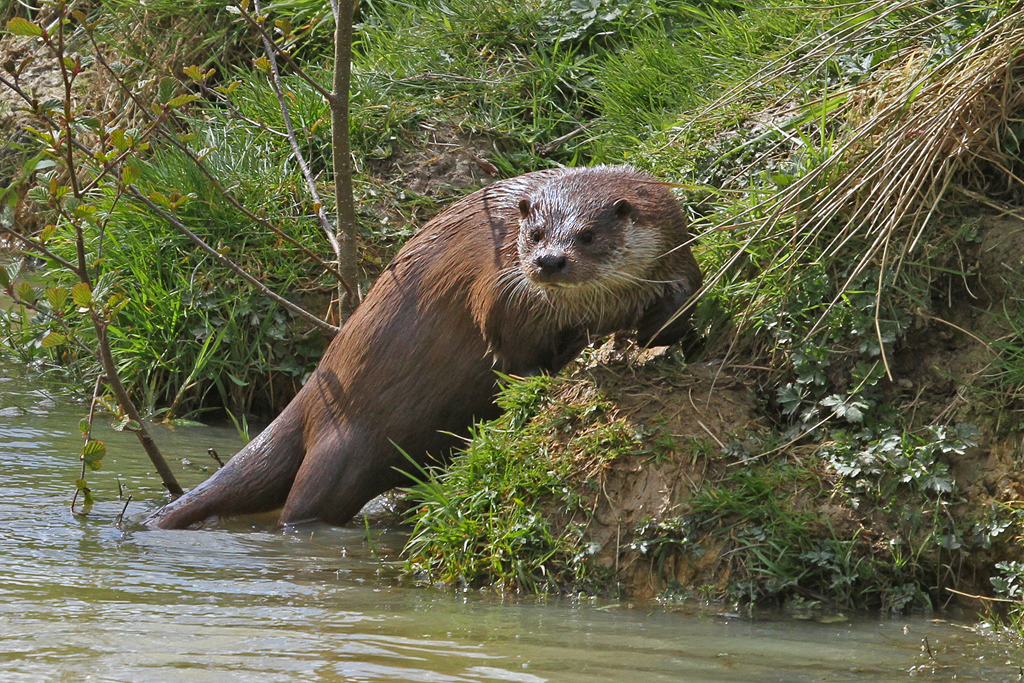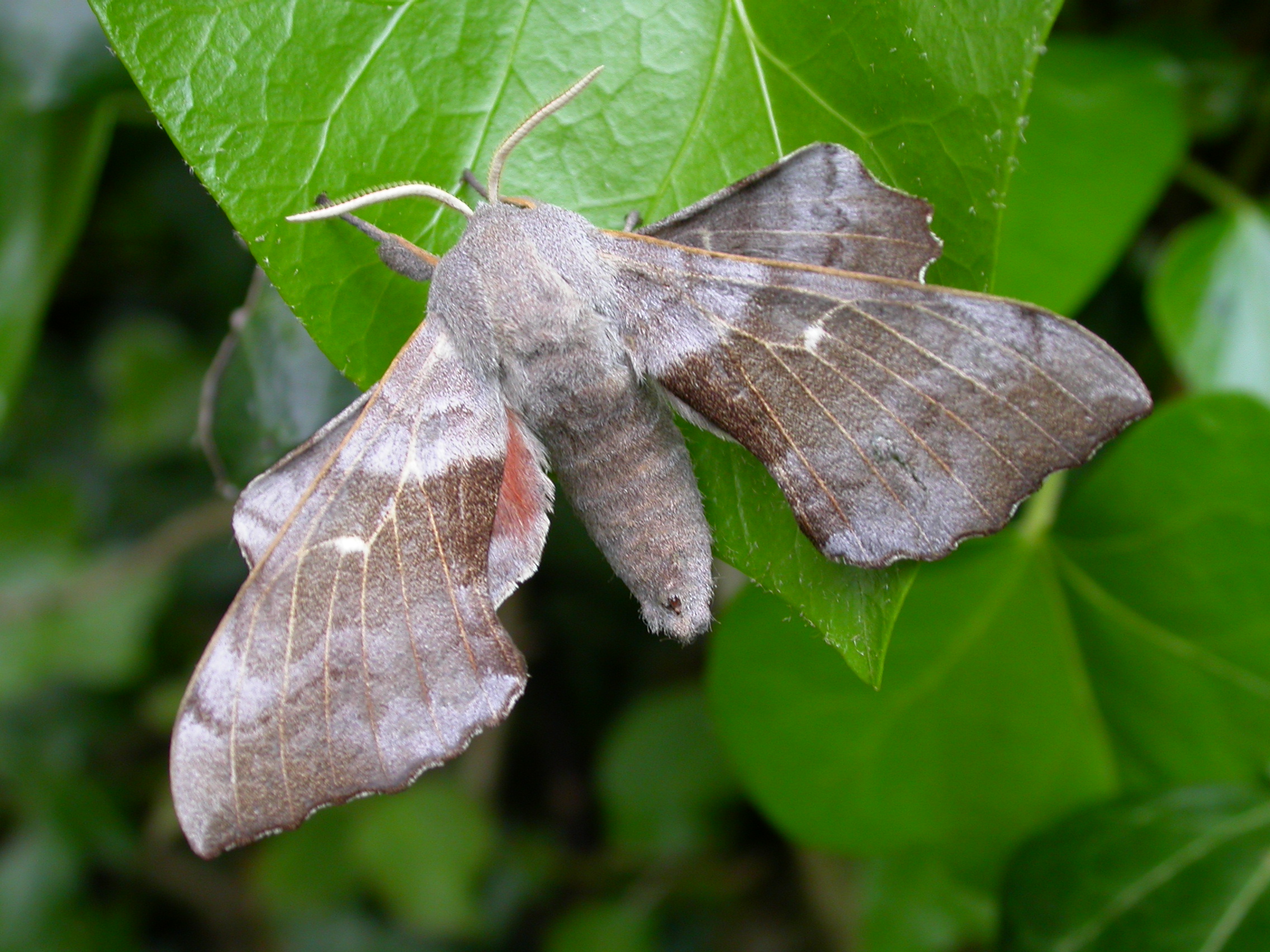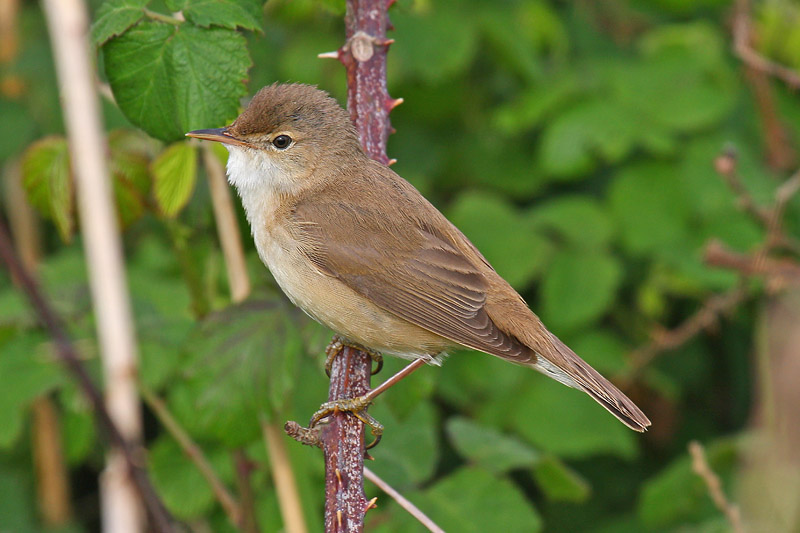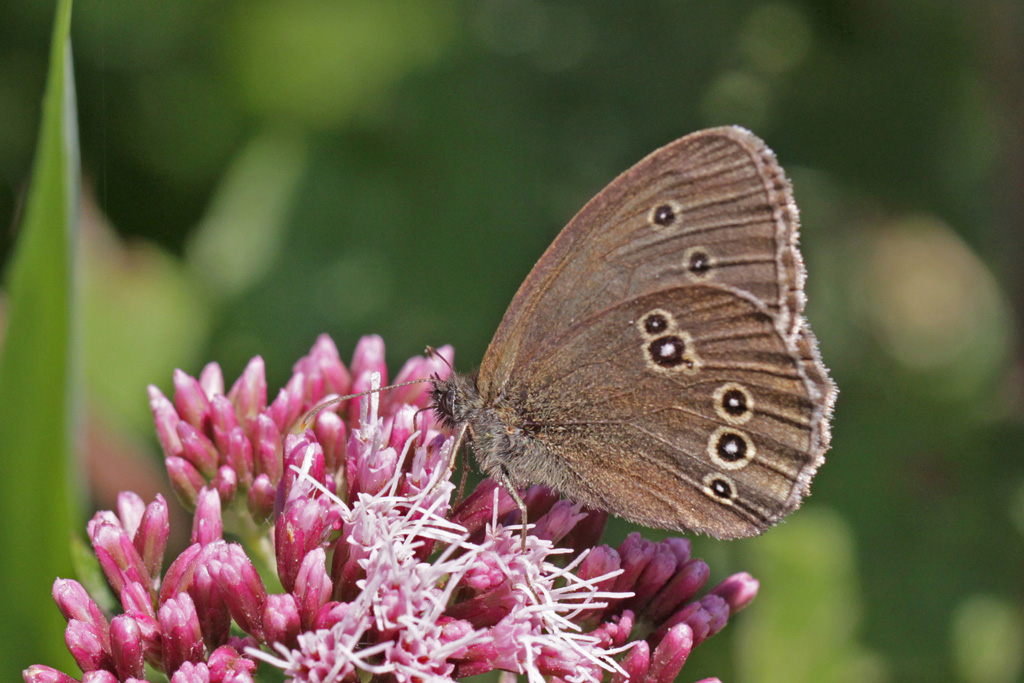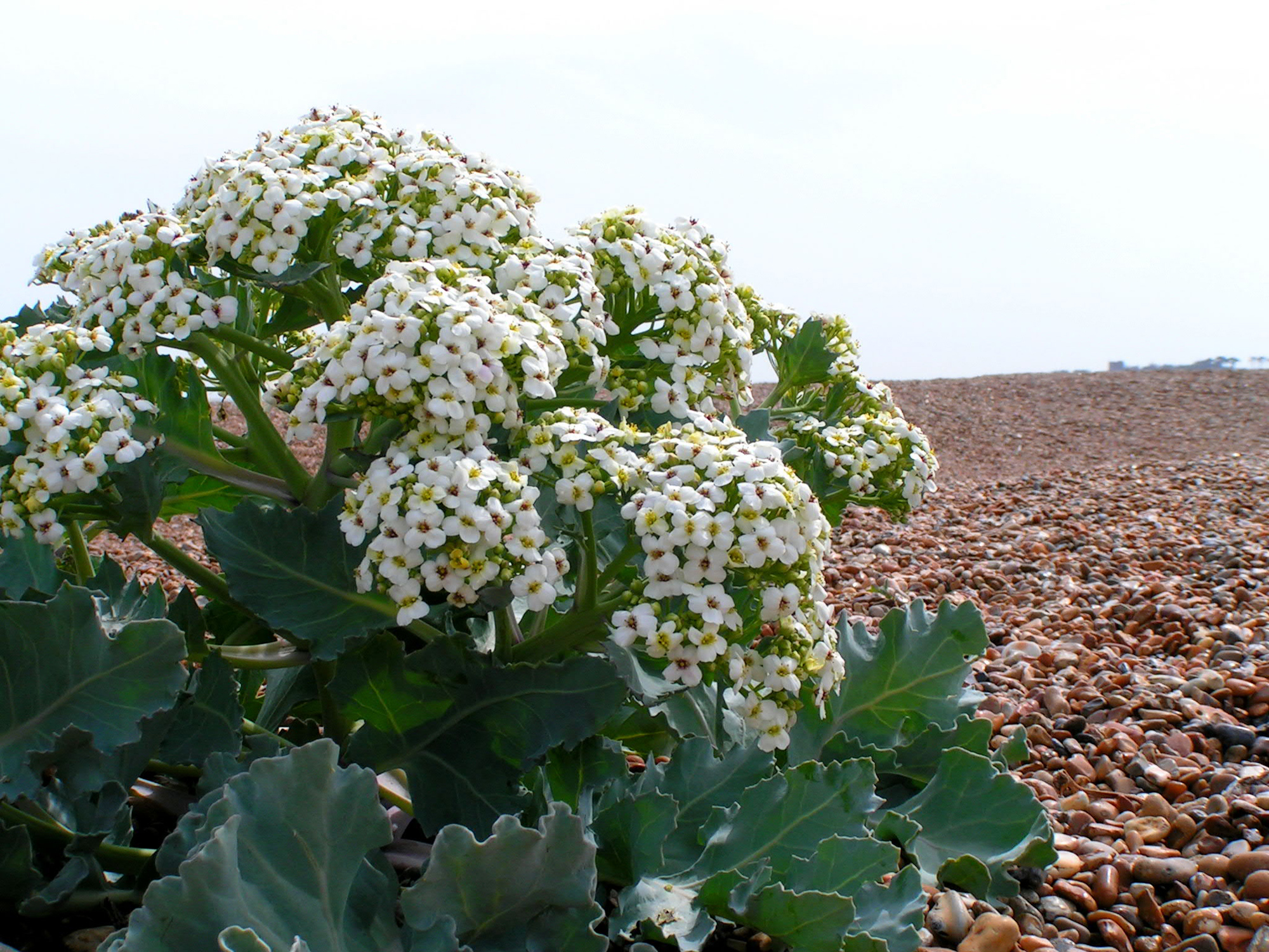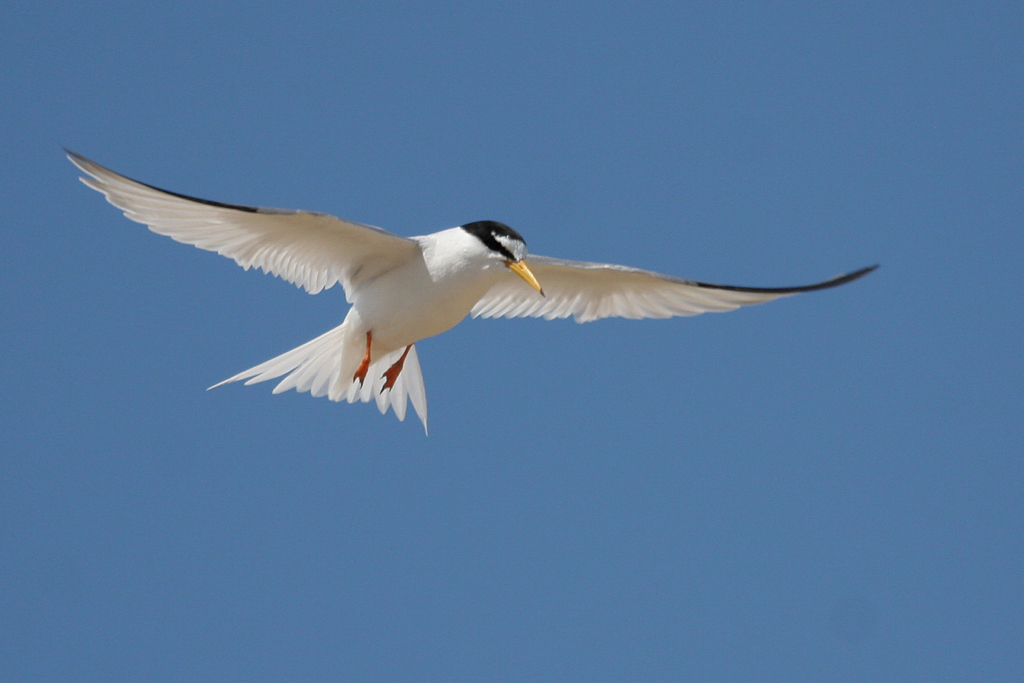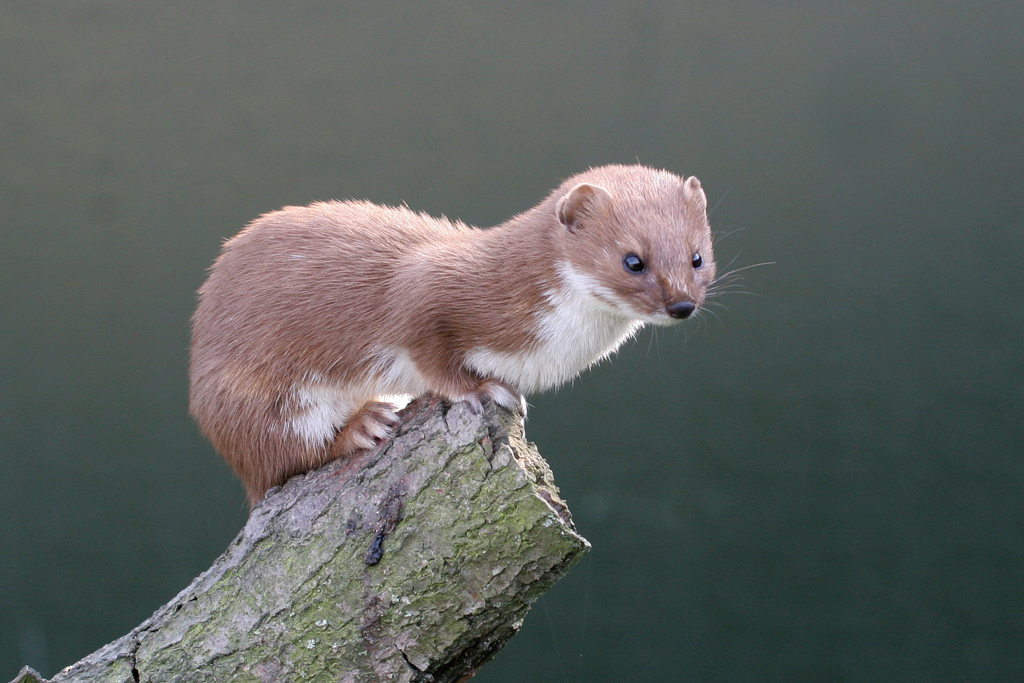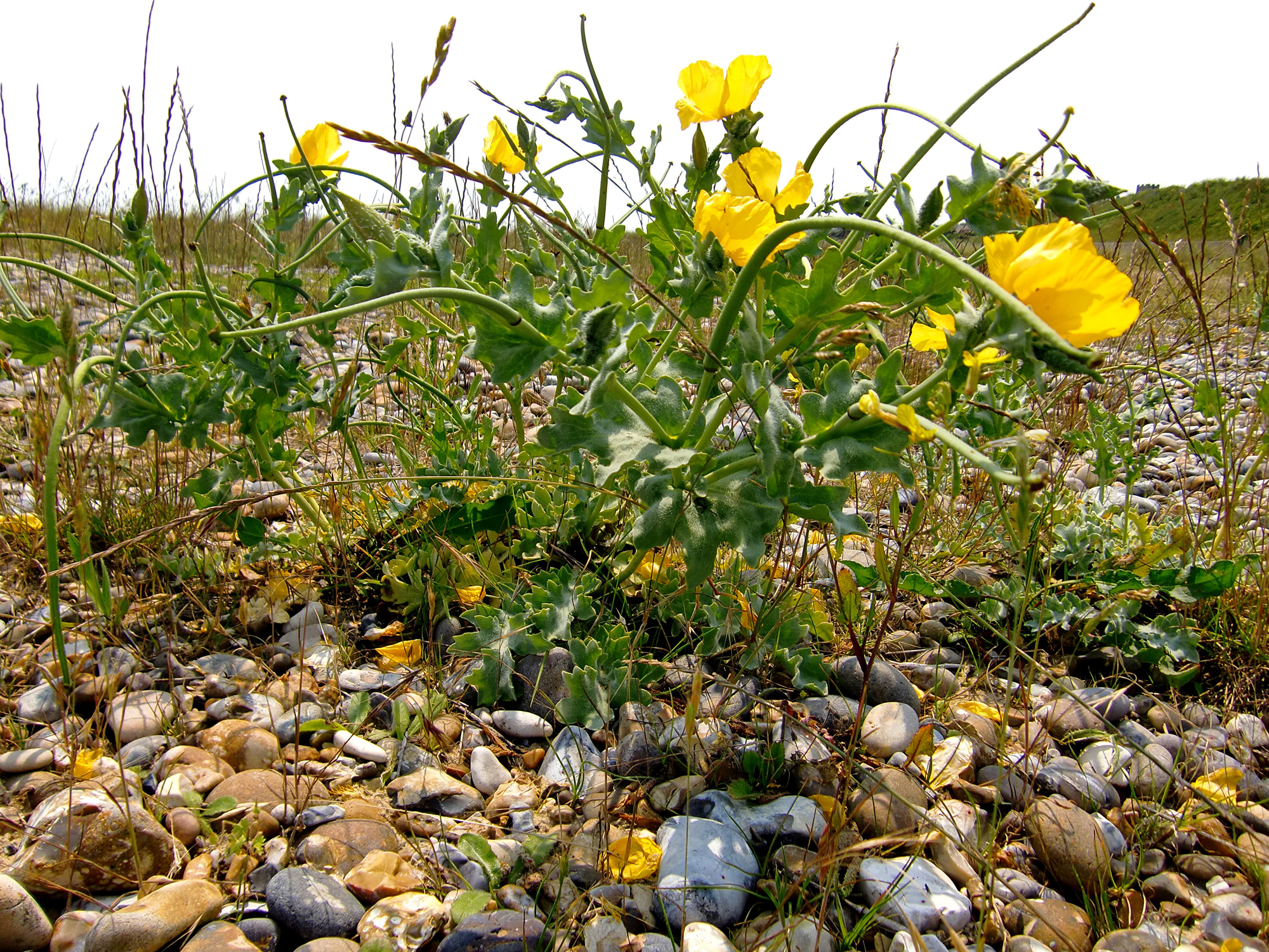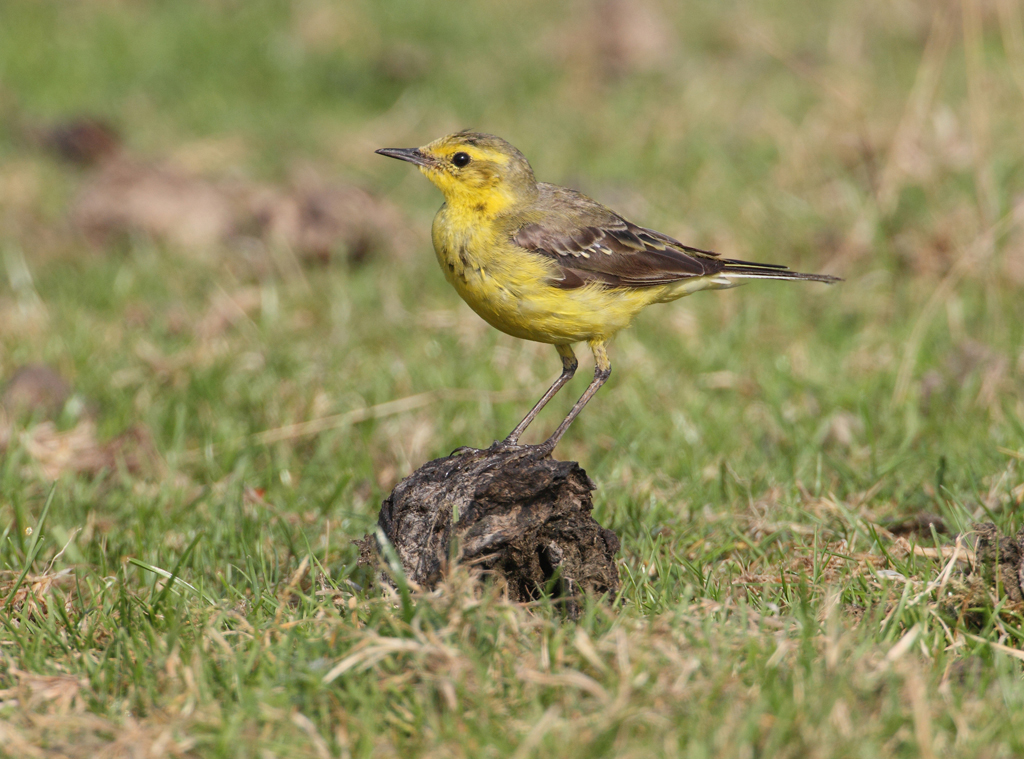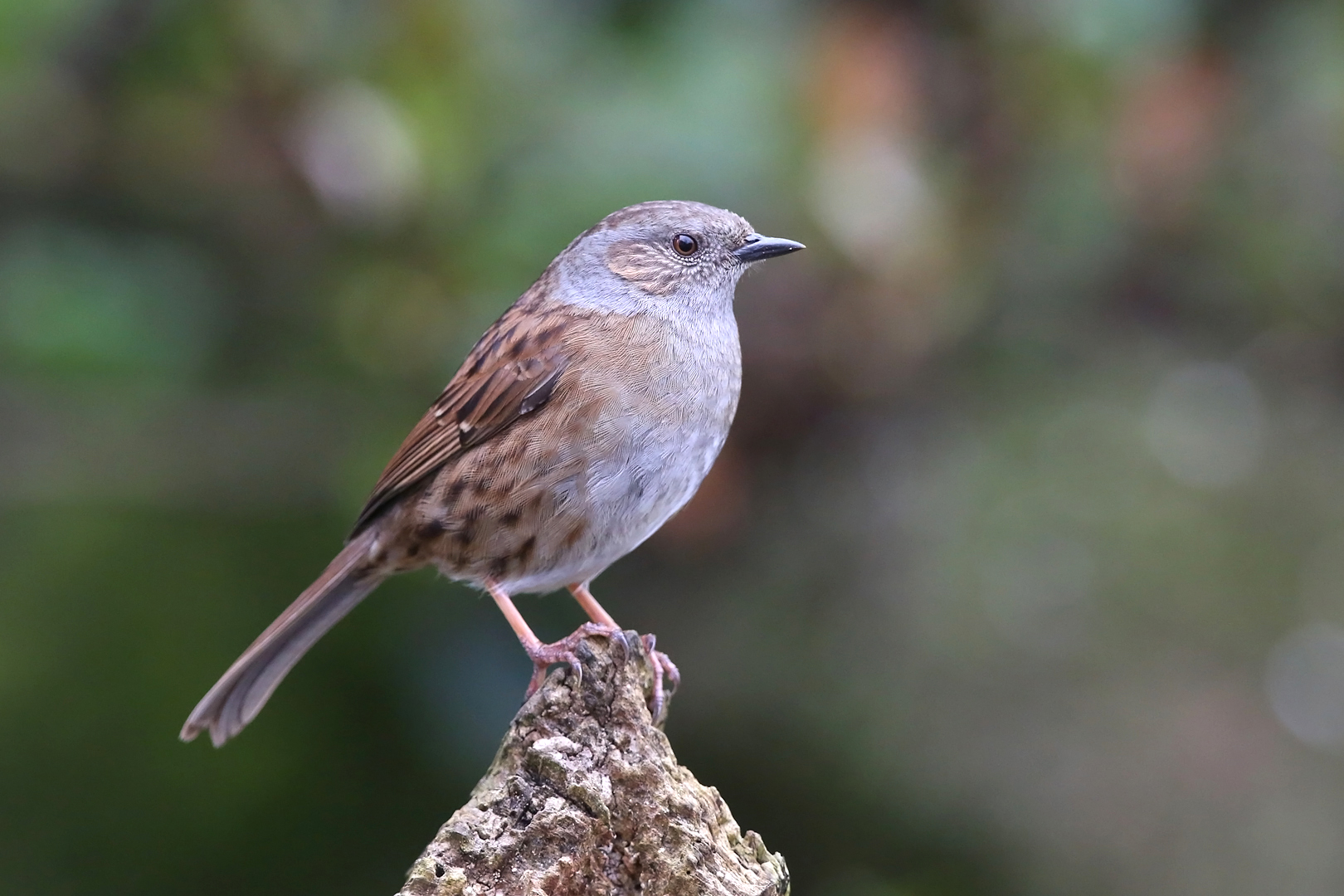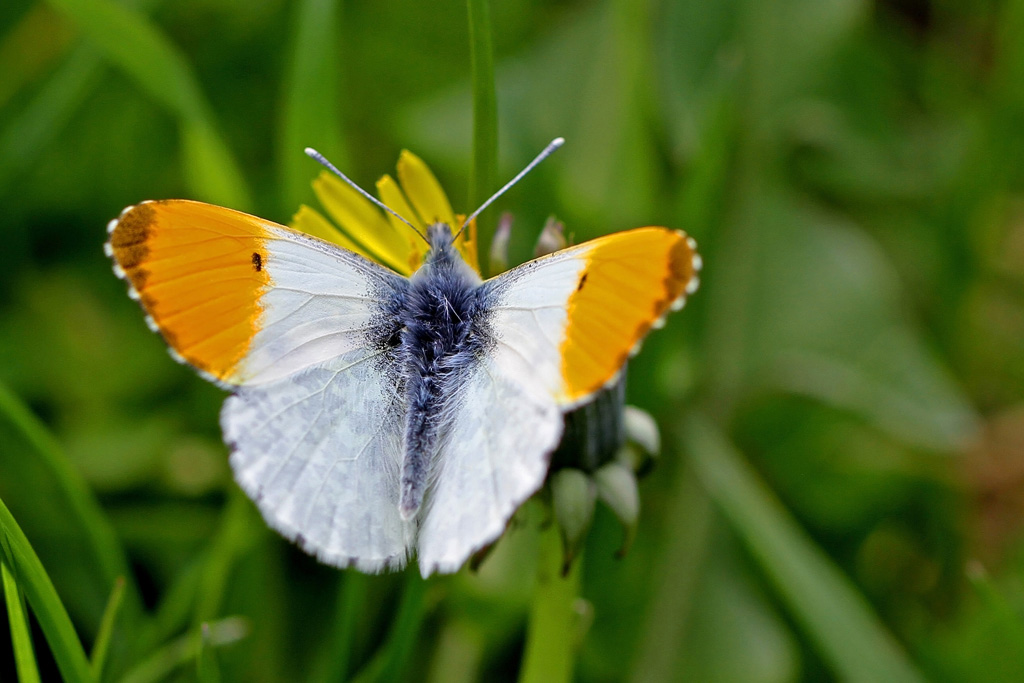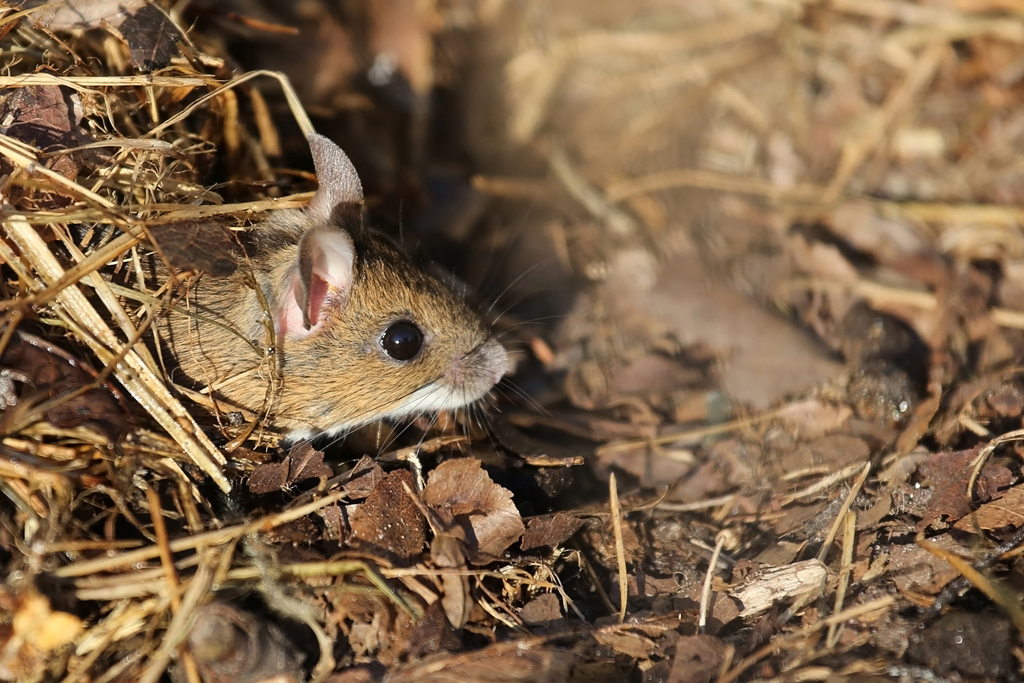Village Voices Nature Note: The Sign of Summer
01 Jun 2020
Spring has seemed particularly precious this year. I think people everywhere have been turning to nature as a solace in this time of great stress and uncertainty. We’ve found some reassurance in the fact that life in the natural world, at least, is continuing as normal. There’s a regular annual succession in nature’s calendar which gives a framework to the season: from the first Swifts daffodils to the early butterflies, next the bluebells, and then on to the first swallow (bang on schedule again this year on 15 April). But there is still one more migrant to come, as I write this, one that always seems to me to mark the point at which spring segues into summer. It’s the swift. I get swift-neck at this time every year, scanning the skies to catch my first sight of that black profile scything through the upper air. The poet Ted Hughes always took their safe arrival each summer as a sign that all was still well with the world:
They’ve made it again
Which means the globe is still working
The creation’s still waking refreshed,
Our summer’s still to come.
Sometime around the 10 May you’ll see and hear them, literally screaming overhead as they chase each other over the roof-tops, then whirling up into the heavens, only to bank and dive again at wing-shuddering speeds. They are the most aerial of all our birds. They eat, mate and even sleep on the wing, spiralling high into the sky to take the avian equivalent of cat-naps. Sometimes pilots of planes (remember them?) report seeing swifts at great heights, in a stratum other birds never reach. Incredibly, when the swifts that breed around here have reared their young and leave their nests built in crevices in church towers and the like, they don’t touch down again until they return next year. Their whole lives are spent in the air. They therefore don’t have, because they don’t need, feet that can grip and perch the way swallows can. In fact, if swifts ever land on the ground they find it very difficult to take off again. Their scientific name is apous, meaning ‘footless’. But once in the skies, they are in their true element and are designed with a perfect aerodynamic shape to cut through the air with minimum resistance. A truly charismatic bird – and quizzers might like to remember that as far as I know it’s the only British bird whose full name is an adjective: swift by name and by nature.Let’s hope they return on time as normal, because there’s no ‘normal’ in the human world now.
(PS - 8 May, they’re back!)
Jeremy Mynott
Village Voices Nature Note: Silver Linings
01 May 2020
I took my usual daily walk yesterday, rambling along familiar paths and enjoying the sights and sounds of another spring. Everything was the same, but nothing was the same.
First there was the bird song. From a blackthorn clump a blackcap was singing – a lovely clear fluting, as pure as a mountain stream. In the background was the softer trill of a tree-creeper, rounded off with a sweet little flourish at the end, like a signature. While high above, a skylark was unfurling its silken chain of song in never-ending spirals. What was so wonderful was how distinct and well-defined all these and the other bird songs were, with no traffic, mechanical or plane noise to mask and muffle them. Recent research has shown that some birds can no longer breed close to motorways, for example, because they simply can’t hear their own songs. But in this new, pre-industrial silence they are pouring their hearts out.
Toads are now slithering their way over country lanes to their spawning ponds without risking the usual mass carnage from commuter traffic. Hedgehogs too can scuttle across to the nearest garden in safety. In big cities like London, the greatest and almost immediate change is in the improved air quality, now that we’ve temporarily stopped pumping tons of noxious carbon- dioxide into the atmosphere. And we read that in Venice the waters in the canals are running clear for the first time in living memory and shoals of fish are miraculously re- appearing in them, while swans glide serenely under the bridges. In the Welsh seaside town of Llandudno, wild goats have come down from the hills and are wandering through empty streets to browse in the town parks. Even our Nature Reserves are closed to Homo sapiens and really will be ‘reserved for nature’ for the duration. Wildlife everywhere is flourishing in glorious abundance in our absence. ‘Full many a flower will bloom to blush unseen / and waste its sweetness on the desert air’, as the poet Thomas Gray put it. Yes, so they will, but ‘waste’? I don’t think so. One can sense the whole earth breathing again with relief.
What about us? Will we be re-wilded too? A lot of people are certainly finding great solace and delight in nature, often for the first time in their busy and distracted lives. But will we remember this when it’s all over? Silver linings come with golden opportunities. This crisis has bought us some time, but the next one will soon be upon us. We know what it is and we know it’s coming – it’s the climate crisis.
Will everything stay the same or will something change?
Jeremy Mynott
Stonechats
16 January 2017
Lots of stonechats around at present, thanks to the generally mild winter. You can see them perched up on tall stems of dead vegetation or fence-posts either side of the sea walls. An extended cold spell would cause them serious problems, though.
Jeremy
Flocks of golden plover
13 January 2017
On the ploughed fields between SS and East Lane to the west of the seawall there are flocks of golden plover. They are quite invisible until one of them calls and when you scan the field you then see up to 100 of them picking over the soil. Plovers have sometimes been thought birds of omen but if this Friday 13th turns out to bring calamitous floods, as forecast by the secular authorities, the birds at least are betraying no foreboding.
Jeremy
Owls
11 January 2017
Highlight of early January has been the presence of short-eared owls over the rough pasture S of the Tower (now happily restored to vigour after the depredations of the sheep last year, and so a refuge for voles again). Unfortunately, they have sometimes been harassed by the photographers eager for the definitive 'killer shot' but they have also been observed and enjoyed by residents like Juliet Johnson and Caroline Reekie who have reported their sightings to me. Wonderful birds to watch in that easy gliding flight, showing the palette of subtle browns and buff in the wing feathers.
Jeremy
The greening of the rocks
12 January 2017
The rocks in the East Lane defences are beginning to become a little mini-environment. They are greening very nicely with sea-weed, which attracts its own marine life, which in turn has become a resource for purple sandpipers (a rare visitor on this coast, more at home on the rocky shores of the NE). There was one roosting in full view on the old breakwater – how about a new groyne to attract some others!
Jeremy
End of year
30 December 2016
Thanks to everyone who has supported and contributed to this survey over the last two years. It continues! I have already noted various additions to those listed in the appendix of our booklet, Knowing Your Place: wildlife in SS, and I've arranged for some experts to come here in 2017 to do proper surveys of some categories that were not fully covered first time round. We plan a second edition at some stage and will keep you posted. Meanwhile a happy and successful new year to all ... including the wildlife.
Jeremy
Last cuckoo?
3 August 2016
A cuckoo on the fence posts near the Battery. Maybe the last of the season.
The avocets in the lagoon just further on have reared one chick successfully, despite the interference from walkers and dogs.
Jeremy
Grayling
29 July 2016
The first grayling of the year, rather later than usual – but the buddleia (one of its favourite foodplants) is about two weeks late. There's a distinct shortage of some butterflies this year – no small coppers so far and no wall (for which we are a special site). Maybe they will all emerge in August if we get some sunny weather.
Jeremy
Gatekeepers
25 July 2016
It's been a poor year for butterflies generally, but in the last day or two there has been a flush of gatekeepers emerging and larger numbers of red admirals and peacocks. The Buddleias came into flower in the last day or two so here's hoping for more to follow.
Jeremy




